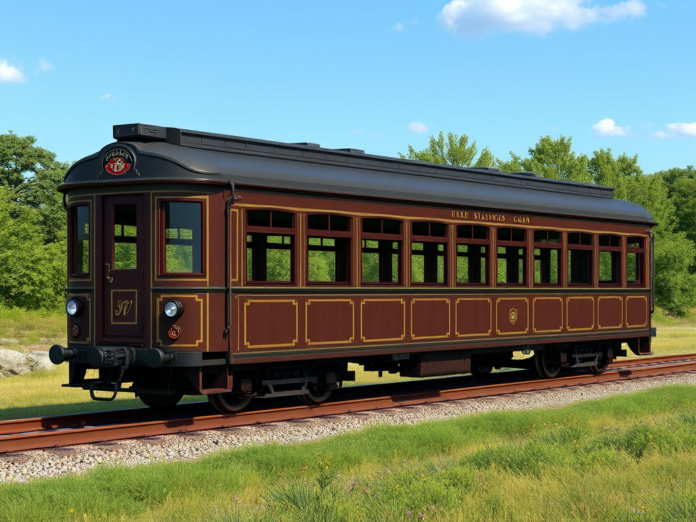Few names in railway history are as iconic as Pullman. Known for luxury, comfort, and innovation, Pullman Standard coaches defined American train travel for decades. Thanks to modern technology, fans of trains and history alike can now build their own Pullman Standard Coach 3D print model, combining a passion for locomotives with the art of 3D printing. This guide will show you how to find or create an accurate Pullman model, the best ways to print it, and tips for adding incredible detail to your custom train car.

Why Print a Pullman Standard Coach?
Building a Pullman coach model isn’t just about collecting. It’s about:
- Preserving History: Keep the memory of historic train travel alive.
- Custom Displays: Add realistic models to your railway diorama or collection.
- Creative Satisfaction: Enjoy designing, printing, and painting detailed models.
- Educational Value: Learn more about engineering and design from history.
A 3d-printed Pullman coach brings classic railroad elegance right into your home.
Best Types of Pullman Coaches to Print
There were many variations of Pullman coaches through the years. Popular models to consider:
- Heavyweight Sleepers: Iconic early 20th-century sleeping cars with detailed rivets and heavy construction.
- Streamlined Coaches: Art Deco-inspired sleek designs used in the 1930s-1950s.
- Observation Cars: Featuring grand rear platforms and larger windows.
- Baggage Cars: Practical, boxy cars are great for complete train sets.
Choosing your favourite era and design helps make the project even more personal.
Where to Find Pullman 3D Models
Finding accurate Pullman 3D models is key for a great build. Try:
- 3D Repositories: Sites like Cults3d, Thingiverse, and Printables sometimes offer free or paid 3d models.
- Speciality Shops: Some model railroad sites sell highly detailed STL files.
- CAD Modelling: Create your own using blueprints available online or from historical archives.
- Community Forums: Train enthusiast groups often share files or resources.
Always check model scale (e.g., HO scale, N scale, O scale) to match your railway setup.
Best Materials for 3D Printing a Pullman Coach
Materials affect both the look and durability of your model.
Recommended Choices:
- PLA: Great for static display models, easy to print and paint.
- PETG: Adds strength for working models or outdoor displays.
- Resin: Best for ultra-detailed small models like HO or N scale.
If printing for a moving railway layout, PETG or strong PLA is usually best. For fine detail and showpieces, resin printing offers a superior finish.
Printing Settings for Success
Fine details matter for trains. Use these settings for a sharp, professional model:
- Layer Height: 0.1–0.16mm for high detail.
- Infill: 15%–25%. Lightweight yet strong enough for models.
- Walls: 2–3 walls for durability.
- Supports: Use supports for underbody details and overhanging roofs.
- Print Speed: Moderate (40–50mm/s) to capture intricate parts.
Patience during printing pays off in better-looking Pullman coaches.
Painting and Finishing Your Pullman Coach
A printed Pullman car truly comes alive after painting.
Steps for a Realistic Finish:
- Sanding: Smooth layer lines carefully, especially on visible sides.
- Priming: Use a plastic primer to prep the surface for paint.
- Base Colours: Pullman cars often used deep greens, silvers, or maroon paints.
- Detail Work: Highlight windows, door handles, and roof panels.
- Weathering: Use dry brushing or powdered pigments to simulate age and use.
A good paint job turns your 3D printed model into a museum-quality display piece.
Common Problems and How to Solve Them
Warped Roofs
- Problem: Large flat parts curve during printing.
- Solution: Use a heated bed and print slowly, or split the roof into smaller parts.
Poor Window Details
- Problem: Window frames don’t print cleanly.
- Solution: Print with higher resolution (lower layer height) or use resin printing.
Fragile Undercarriage
- Problem: Thin railings or piping break easily.
- Solution: Reinforce small parts during slicing or print separately and attach later.
Careful planning leads to smoother projects and less rework.
Customisation Ideas for Pullman Coaches
Make your Pullman model unique with personal touches:
- Add interior details, such as seats, tables, and small lamps, inside the windows.
- LED Lighting: Add miniature lights for night-time displays.
- Custom Paint Jobs: Recreate real-world liveries or invent your own.
- Passengers and Staff: Print or buy mini figures to populate your train.
The more personal touches you add, the more special your finished model will feel.
READ MORE – Ice World SID 3D Print: Build Your Own Chilling Sci-Fi Landscape
FAQs:
- What scale should I print a Pullman coach for HO layouts?
- HO scale is 1:87; adjust your STL file accordingly before printing.
- Can I motorise a 3d-printed Pullman car?
- Yes, but it requires planning for wheel sets, motors, and electrical pickups.
- What filament colour works best for printing train cars?
- Neutral colours like grey or white work best for easy priming and painting.
- How long does it take to print a full-size Pullman car model?
- Depending on the scale and detail, printing can take between 8 and 20 hours.
- Is resin better than FDM printing for train models?
- Resin offers finer detail but is more fragile; FDM works better for larger parts.
Conclusion:
There’s nothing quite like recreating a classic piece of railway history with your own hands. A Pullman Standard Coach 3D print model lets you combine your love for trains, history, and craftsmanship into one rewarding project. Whether you display it on a shelf, run it on a model railroad, or gift it to a fellow train enthusiast, a custom Pullman coach is a timeless piece you’ll be proud to own.




